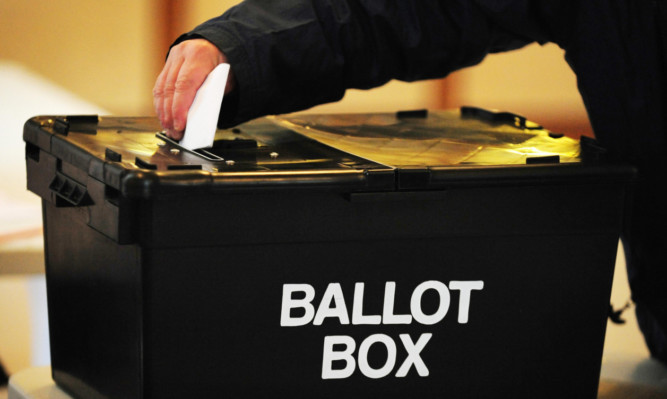Labour’s Douglas Alexander and the Liberal Democrats’ Danny Alexander could lose their seats in Scotland at the general election, according to the latest research which shows the SNP set for poll success.
Tory peer Lord Ashcroft looked at more than a quarter of the Scottish constituencies, and found Nicola Sturgeon’s nationalist party ahead in 15 of the 16 seats.
The research, which focused mainly on Labour seats in areas which had a yes or close to yes vote in the Independence referendum last year, found only Glasgow North East likely to stick with the party.
Writing on his website Lord Ashcroft said: “Douglas Alexander, Labour’s campaign manager and the Shadow Foreign Secretary, would lose his Paisley & Renfrewshire South seat with a swing to the SNP of 25%.
“Elsewhere, (Alex) Salmond would be back in Westminster with a comfortable majority over the Lib Dems, and Chief Secretary Danny Alexander would lose by 29 points.”
The most popular outcome for May, Lord Ashcroft found, is a Labour-SNP coalition, with 39% of voters, including 62% of SNP supporters and 79% of Labour-SNP switchers, favouring that option.
Just 38% of people said they were dissatisfied with David Cameron as Prime Minister and would rather have Ed Miliband.
Lord Ashcroft said an SNP swing of 21%, as found in his research, repeated across Scotland on May 7 would endanger 35 of Labour’s 41 seats there.
He added: “But we cannot assume such a uniform swing. Most of the seats in this survey are in areas which returned a particularly strong yes vote in September, where the SNP attraction will naturally be greater; in future rounds of research we may find a different pattern where support for independence was lower.
“Even so, the prospect of losing heartland seats will be a blow to Labour’s hopes: every seat they lose in Scotland means another they have to win from the Conservatives in England, while the national polls could not be much narrower.”
Lord Ashcroft said the polls should be seen simply as a snapshot, not a prediction, but advised the Labour party it has “room for improvement” in its electioneering over the next three months.
Just over two thirds of those who have switched their support from Labour to the SNP said they had definitely ruled out voting Labour again this year, leaving the party with a third of voters who are “at least open to the idea of returning”, Lord Ashcroft said.
* 16,007 adults were interviewed by telephone between 5 and 30 January 2015.
